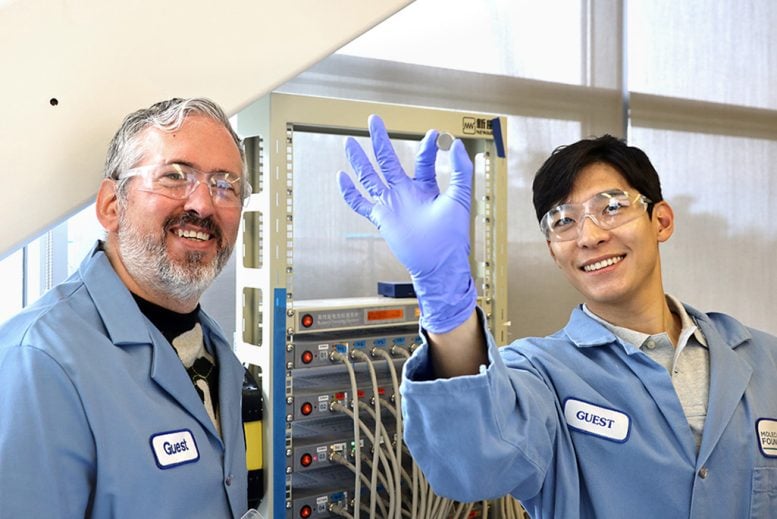Researchers at Lawrence Berkeley National Laboratory have employed omics techniques, traditionally used in biology, to enhance the longevity and efficiency of electric aircraft batteries. Their study found that specific salts in the electrolyte can form a protective coating on cathode particles, significantly increasing battery life and setting the stage for a projected test flight in 2025.
A recent study has shown that a groundbreaking electrolyte solution, identified through a bioscience technique, has quadrupled the cycle life of batteries used in electric aircraft.
When it comes to figuring out why electric aircraft batteries lose power over time, one typically wouldn’t think to turn to a decades-old approach biologists use to study the structure and function of components in living organisms. However, it turns out that omics, a field that helped scientists unravel the secrets of the human genome, could also soon play a key role in making carbon-free air travel a reality.
In a new study in the journal Joule, a team of researchers led by the Department of Energy’s Lawrence Berkeley National Laboratory (Berkeley Lab) used omics techniques to study the intricate interactions within the anode, cathode, and electrolyte of electric aircraft batteries. One of the most significant findings was the discovery that certain salts mixed into the battery electrolyte formed a protective coating on cathode particles, making them far more resistant to corrosion, thereby enhancing battery life.
The research team, which includes scientists from the 
Brett Helms, senior staff scientist at the Molecular Foundry, with Youngmin Ko, a postdoctoral researcher, who is holding a coin cell battery used in this research. Credit: Jeremy Demarteau
Electric air travel presents unique challenges
Unlike electric vehicle batteries, which prioritize sustained energy over long distances, electric aircraft batteries face the unique challenge of high power needs for takeoff and landing, combined with high energy density for extended flight.
“In an electric vehicle, you focus on capacity fade over time,” said Youngmin Ko, a postdoctoral researcher at Berkeley Lab’s Molecular Foundry and lead author of the study. “But for aircraft, it’s the power fade that’s critical – the ability to consistently achieve high power for takeoff and landing.”
According to Ko, traditional battery designs fall short in this regard, mostly due to a lack of understanding of what’s going on at the interfaces between the electrolyte, anodes, and cathodes. Ko said this is where the omics approach came into play, a methodology borrowed from biological sciences to decipher patterns from changes in chemical signatures in complex systems.
“Biologists use omics to study the complex relationship between things like gene expression and DOI: 10.1016/j.joule.2024.05.013
The Molecular Foundry is a DOE Office of Science user facility at Berkeley Lab.
This work was supported by DOE’s Advanced Research Projects Agency-Energy (ARPA-E) and DOE’s Office of Science.
















.jpg?itok=F2C4uk0x)




Discussion about this post